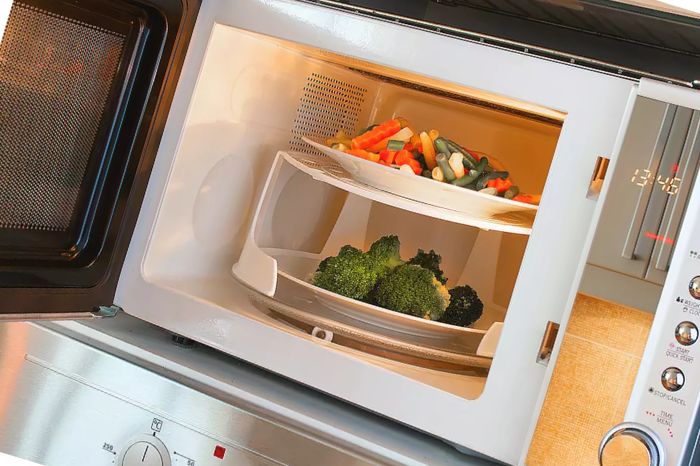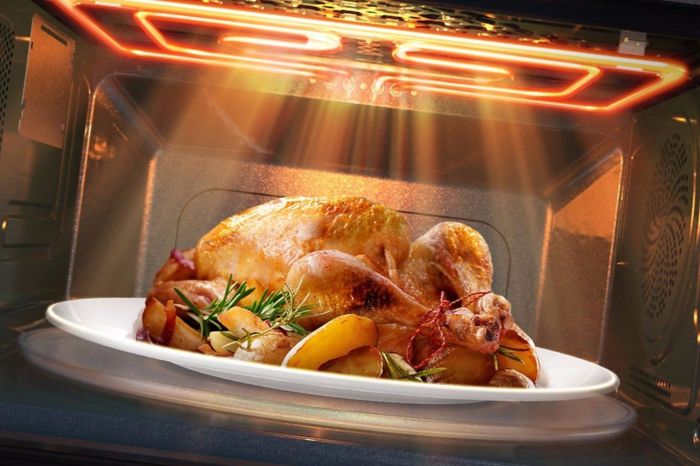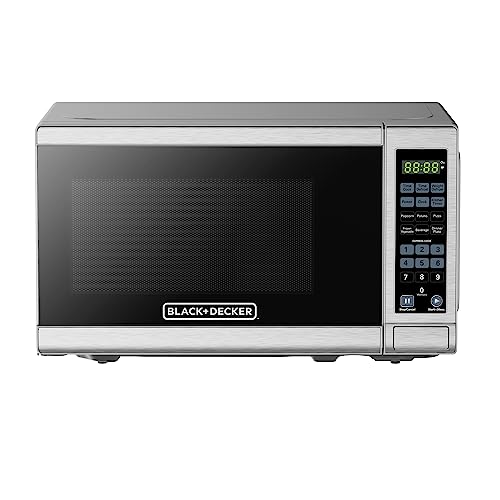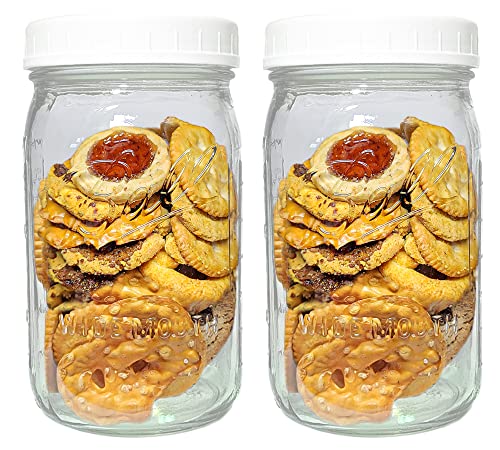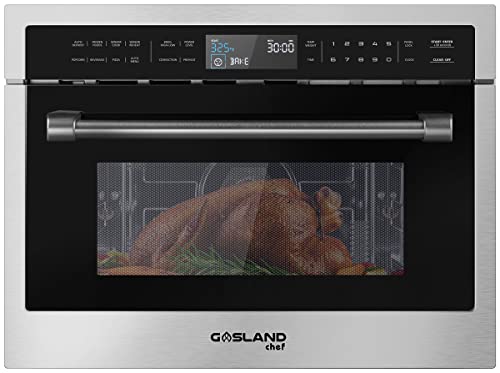What Is The Main Method Of Heat Transfer In A Microwave?
As technology continues to evolve, our daily lives are increasingly becoming more comfortable, thanks to innovations like the microwave oven. A microwave oven is an electronic device used in the kitchen for heating and cooking food. It has grown to become an everyday appliance in modern homes, and most of us cannot imagine our lives without it. However, have you ever stopped to wonder how this amazing gadget heats up food so quickly?
The microwave oven is one of the most commonly used household appliances that work with heat transfer. It works by using electromagnetic waves to generate heat, which then cooks and heats food. But what is the main method of heat transfer in a microwave? In this article, we will explore the fundamentals of heat transfer and delve deeper into the inner workings of a microwave oven.
What is Heat Transfer and How Does it Work in a Microwave Oven?
Heat transfer is the process of transferring thermal energy from one object to another. It occurs naturally in our everyday lives, such as feeling the warmth from the sun or the heat from a stove. In a microwave oven, heat transfer is utilized to cook food quickly and efficiently.
The microwave oven works by emitting microwave radiation, which is a form of electromagnetic radiation that is between radio waves and infrared radiation on the electromagnetic spectrum. The microwaves are absorbed by the food, specifically the water molecules within the food. This causes the water molecules to vibrate rapidly, which results in heat.
As the food heats up, thermal energy is transferred from the water molecules to the food particles, cooking the food. This process of heat transfer is known as conduction. The heated particles then start to transfer their heat to adjacent particles, causing the food to cook evenly throughout. This process of heat transfer is called convection.
Microwave ovens are designed in a way to ensures that the microwaves travel through the food efficiently. The microwave energy is directed toward the food with the use of a magnetron, which is a device that converts electricity into electromagnetic radiation. The microwaves then bounce around inside the oven, being absorbed and reflected by the food. The turntable inside the microwave helps to distribute the microwaves evenly and ensures that the food is heated throughout, promoting a more efficient heat transfer.
To sump, heat transfer is an essential process for cooking food in a microwave oven. The use of microwave radiation to generate heat will continue to be an important technology in the food industry which offers convenience for people who seek to cook food quickly and efficiently.
Does Microwave Heat Transfer Differ Based on Power Levels and Cooking Times?
The power level and cooking time in a microwave oven can significantly affect the rate of heat transfer. The power level determines how much energy is being transferred to the food at any given time. The higher the power level, the more energy is being transferred. This means that the food will cook faster at higher power levels, but also that there is a greater risk of overcooking or burning the food.
The cooking time also plays a role in microwave heat transfer. The longer the food is in the microwave oven, the more time the microwaves have to transfer thermal energy to the food. This means that the food will cook more thoroughly at longer cooking times, but also that there is a greater risk of uneven cooking.
It is important to note that different types of food will respond differently to microwave heat transfer. Foods with higher water content, like vegetables, will cook more quickly than foods with lower water content, like meat. It is also important to follow the cooking instructions provided with the microwave oven, as different models may have different recommended power levels and cooking times for different types of food.
Examining the Dangers of Overheating with This Method of Heat Transfer
Heat transfer is an essential process that occurs in various applications. One such process is overheating, which can have dangerous consequences. Although heat transfer is a vital component of various industrial processes, overheating poses significant risks to property and human life. It is, therefore, essential to examine the dangers of overheating with this method of heat transfer comprehensively.
One of the major risks posed by overheating is the possibility of causing fires. When a material overheats, it can ignite and start a fire, which can quickly spread, causing substantial damage. Such fires can be difficult to contain, and may even result in fatalities. Moreover, the cost of replacing damaged property and equipment can be significant.
Another danger of overheating is the potential for explosions. When certain substances are heated beyond a specific temperature, they can undergo a reaction that causes an explosion. These explosions can be highly destructive and can release toxic gases into the environment. This poses a significant threat to human life as well as the environment, which can become contaminated with hazardous substances.
Overheating can also cause equipment failure, resulting in costly repairs and downtime. Excessive heat can cause parts to distort, rupture, or even melt, leading to irreparable damage. This can disrupt production schedules and lead to significant financial losses, particularly in industries that rely heavily on equipment.
Overheating is a process that should be treated with caution due to the numerous risks it poses. From fires to explosions and equipment failure, the cost of overheating can be significant. By understanding the dangers associated with this method of heat transfer, steps can be taken to prevent overheating and mitigate its impact.
Conclusion
In conclusion, we have learned about the main method of heat transfer in a microwave. Microwaves use the process of microwave radiation to cook food. This type of radiation is absorbed by water molecules that are present in the food and causes them to move around rapidly and create friction with other molecules which generates heat energy that cooks the food. This method of heat transfer is much faster than any other method of cooking and can be used to defrost frozen food as well as cook raw ingredients thoroughly.
With all these facts in mind, it’s clear to see why microwaves are such an invaluable tool in modern kitchens across the world. Not only do they provide convenience and speed, but they also save energy when compared with traditional methods of heating up or cooking food quickly. So the next time you reach for a microwave remember its impressive capacity for quick-cooking meals without compromising on taste or nutrition!

